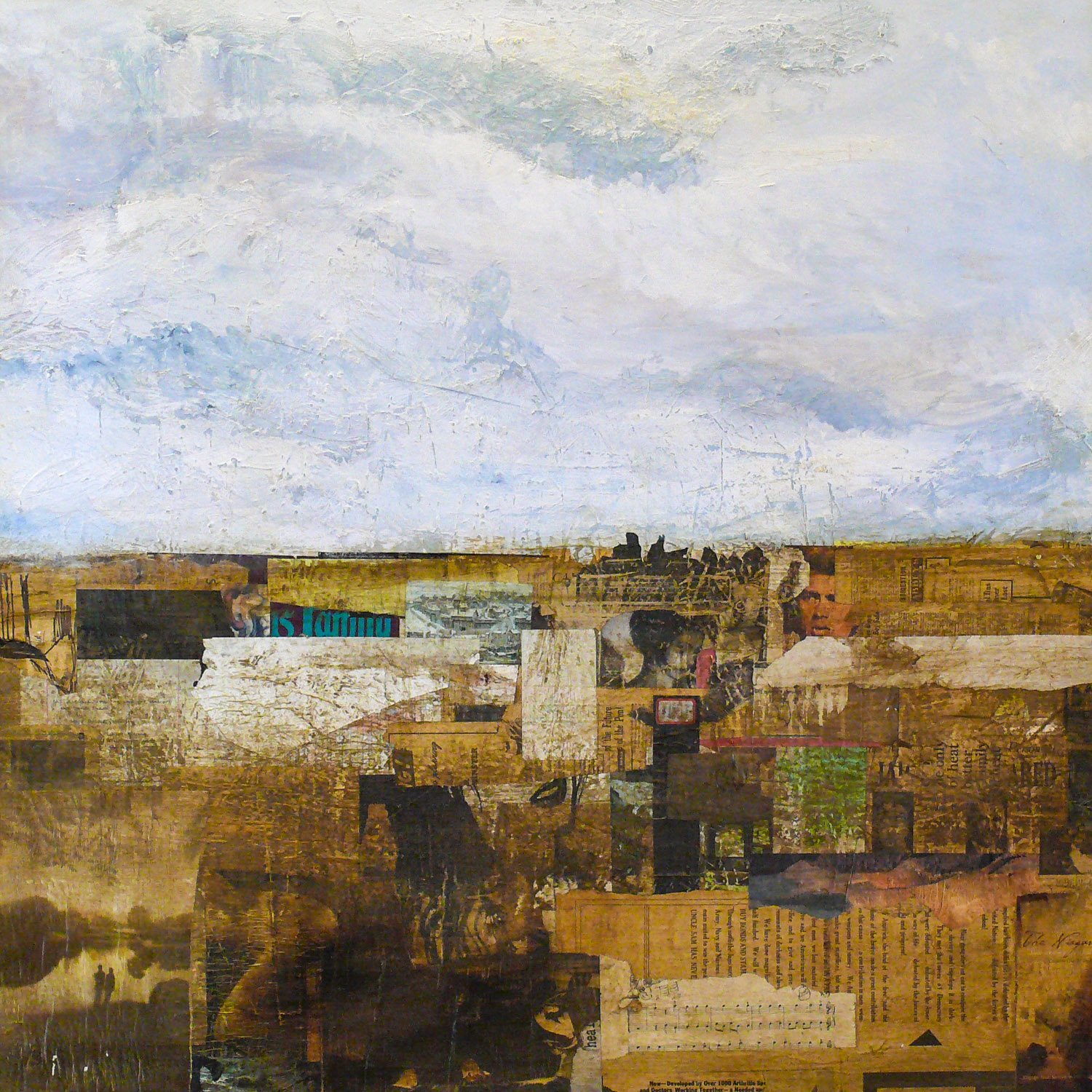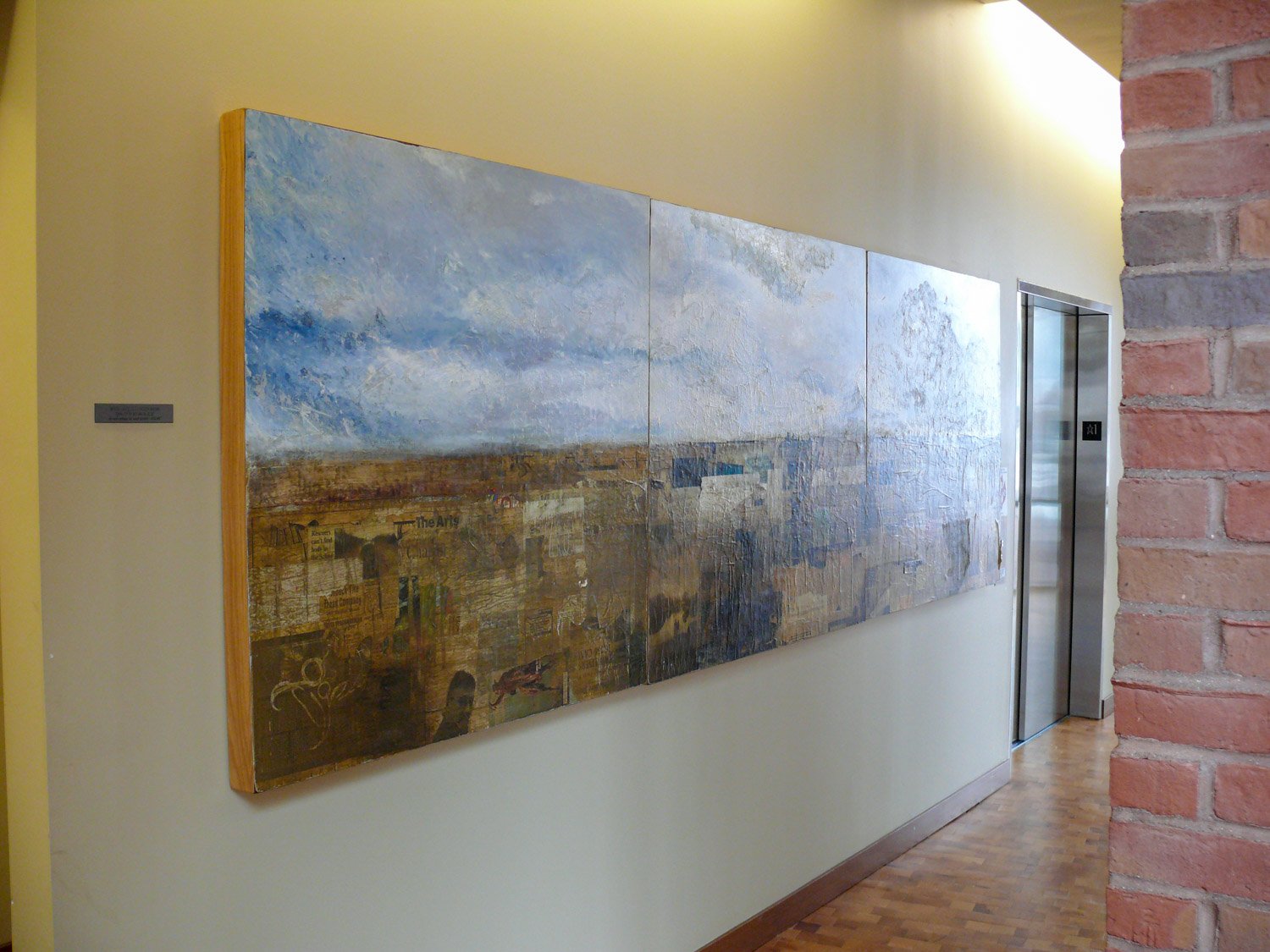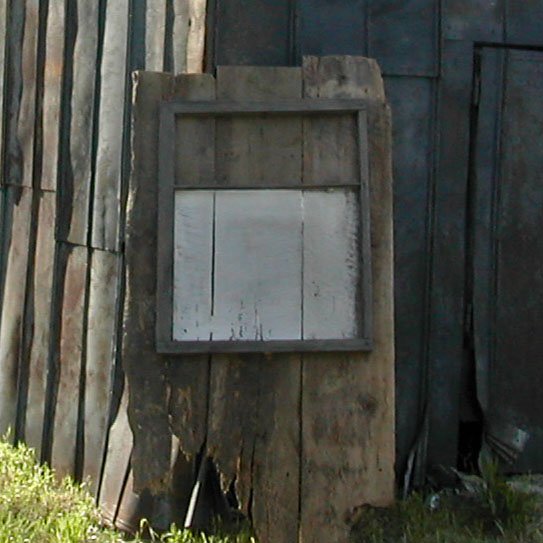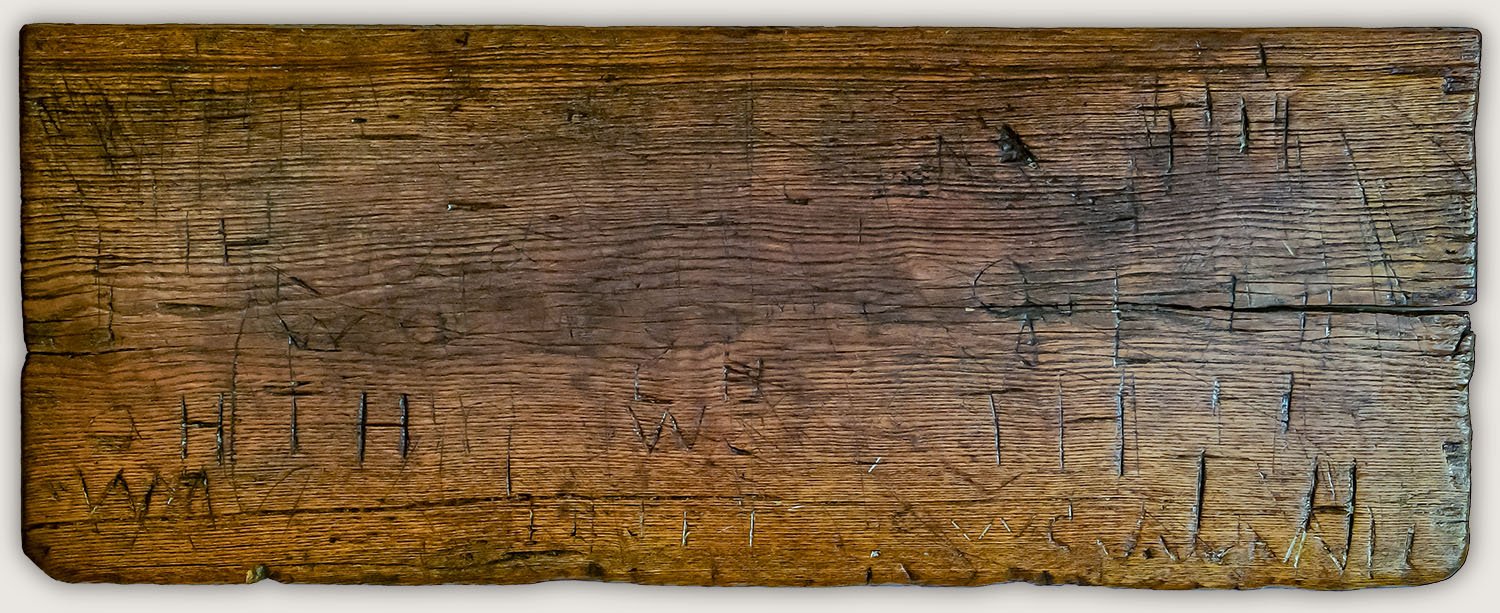
THE BARN
2005 - 2007
“The Barn on Gumlick Road in Roanoke, Kentucky was built over one hundred years ago by my Great Great Great Grandfather, William Joseph Abner. William’s farm was eventually split between his five children, and the plot that the barn stands on was given to William’s granddaughter Nanny Abner and her husband Frank Race. Aunt Nanny and Frank had a hammer-mill in the barn they used to crack corn and also used the barn to house and care for the farm’s workhorses. The farm and barn were later sold to Aunt Nanny’s niece, Rosamond, and her husband Virgil Mann (my grandparents) who continued to use the barn until the late 90’s when they moved to Dry Ridge, Kentucky. In June of 2004 Virgil C. Mann passed away, leaving the farm to be divided among his five children. A small part of the farm, including the barn, was sold at auction and I purchased the three-acre lot where the barn, a corn shed, and a garage are located in April of 2005. From 2005 -2007 I used the barn as a studio, harvesting materials and rusted treasures to create a number of pieces exhibited in several shows.”
The barn is the heart, not only for my family but also for me, and it has become the inspiration for my paintings. Through my artwork, I hope to evoke the emotions and memories that the barn holds for me, and to invite the viewer to contemplate their own emotional connections to the land and their heritage.
The barn is very significant to me, my personal/artistic mythology. It represents so much more than just a physical structure. It is a symbol of safety, community, the intersection of land, animals, and man—the heart and soul of the farm. Growing up, my grandfather passed down to me his connection to the land through the countless hours we spent working. Sharing stories in the barn. These memories are among the most significant that have shaped my vision of the world.
When my grandfather passed away, the opportunity arose for me to own a portion of his farm, and I knew the barn was the only choice. Being able to spend weeks at a time living in the barn and painting has been incredibly transformative to me, a reconciliation, a unifying of past and present. I've searched through all the old, rusted artifacts and left behinds, and in them, I have found myself, my grandfather, the century old history of the dirt.
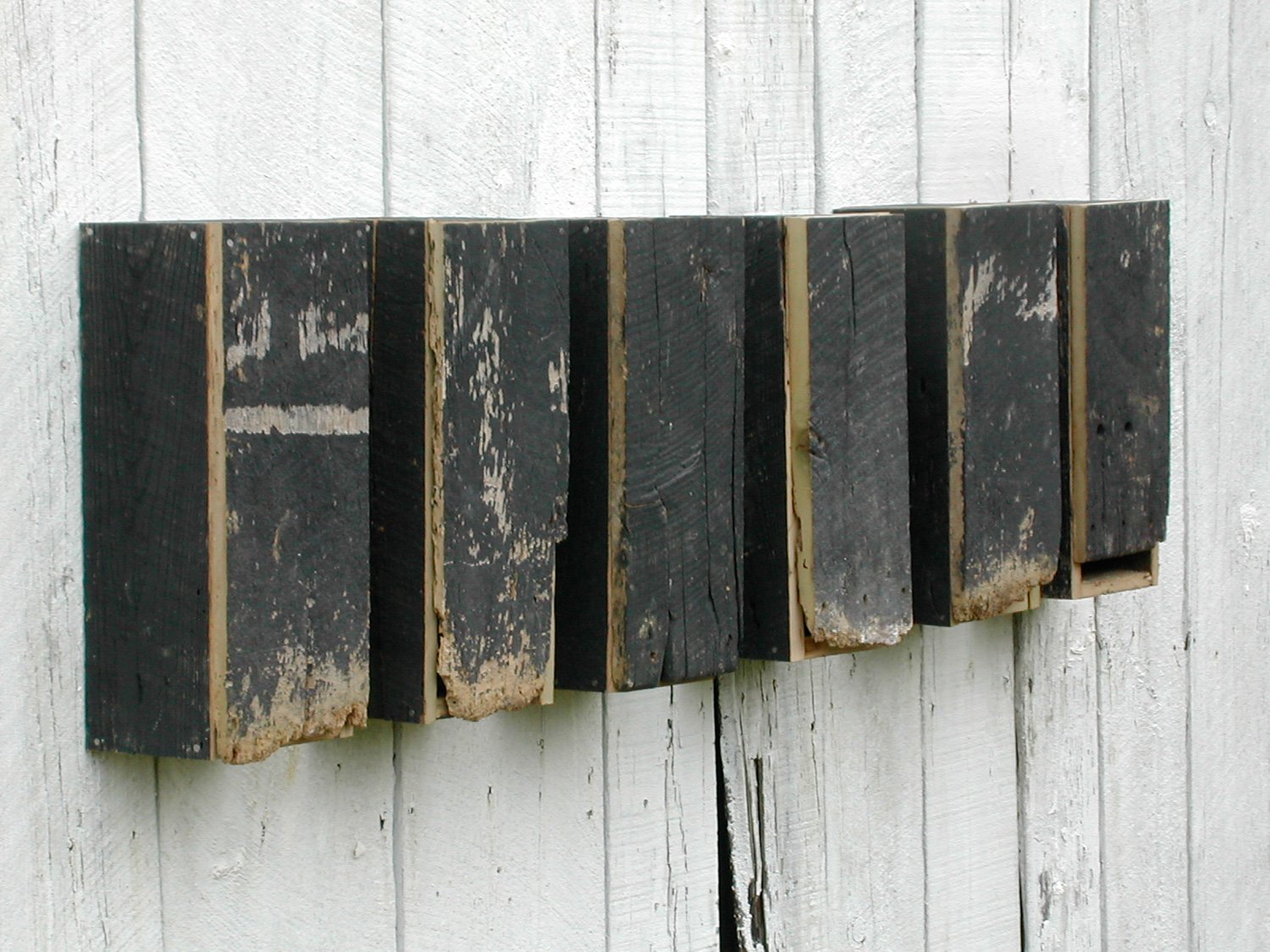
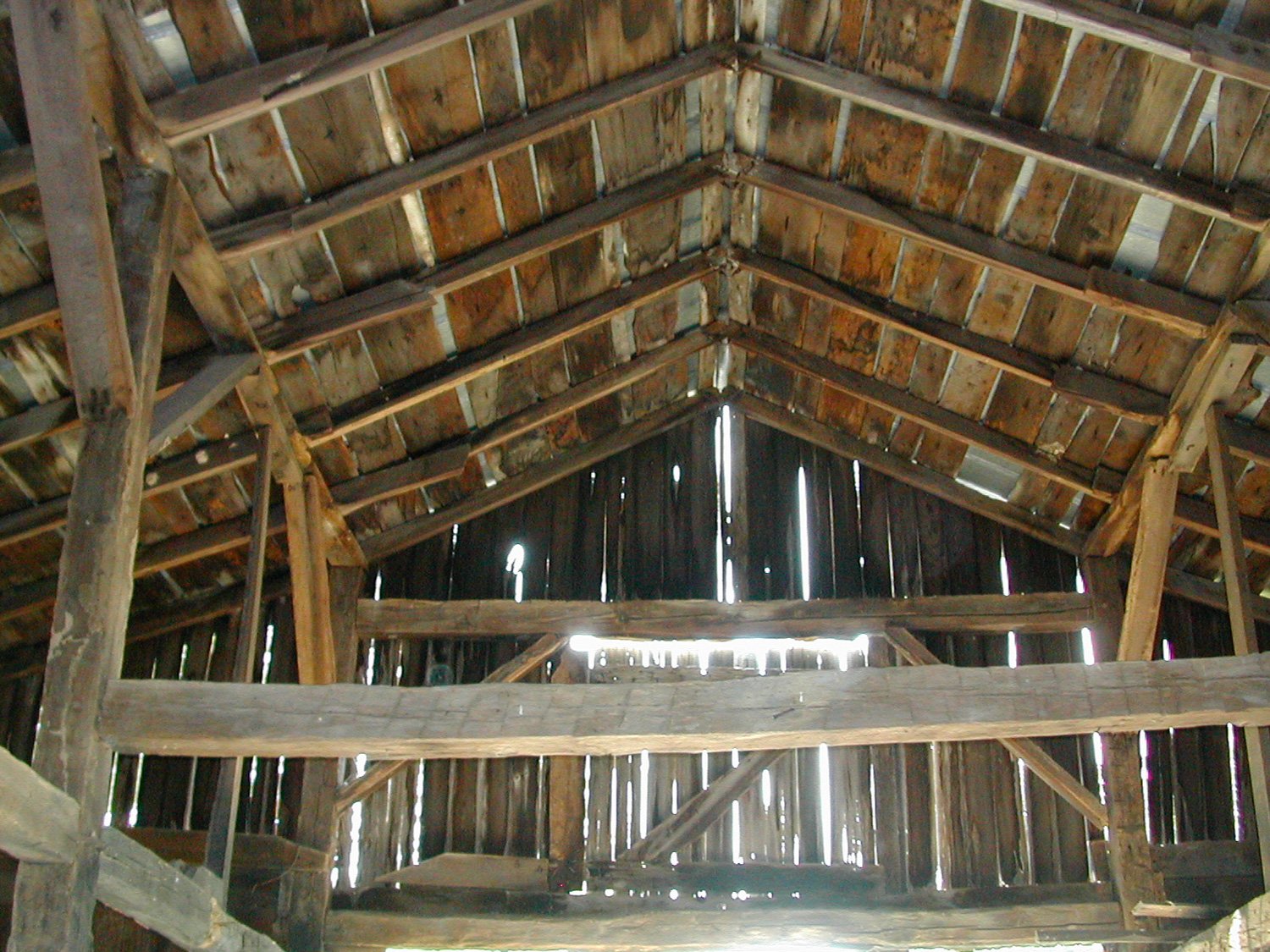
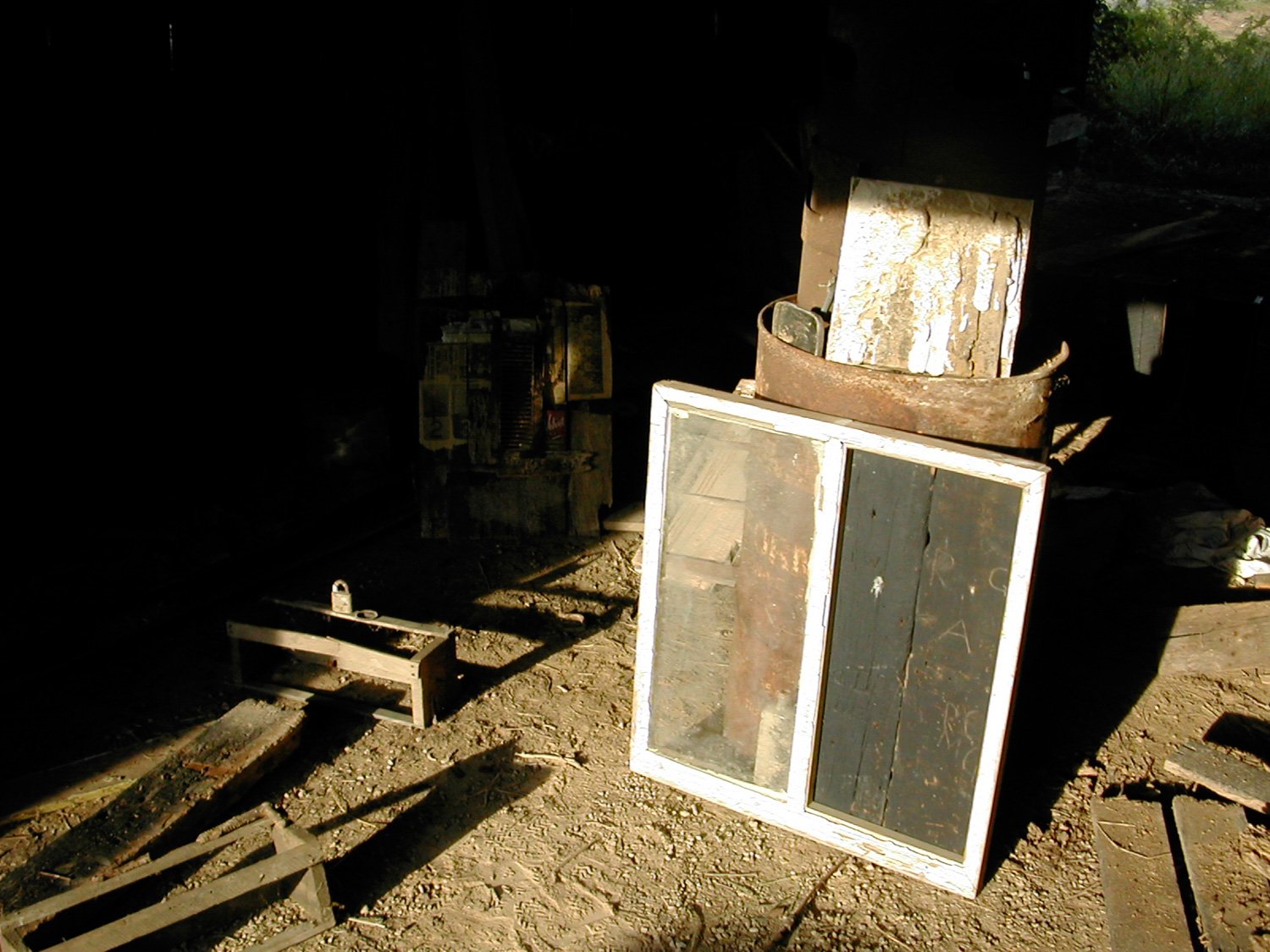
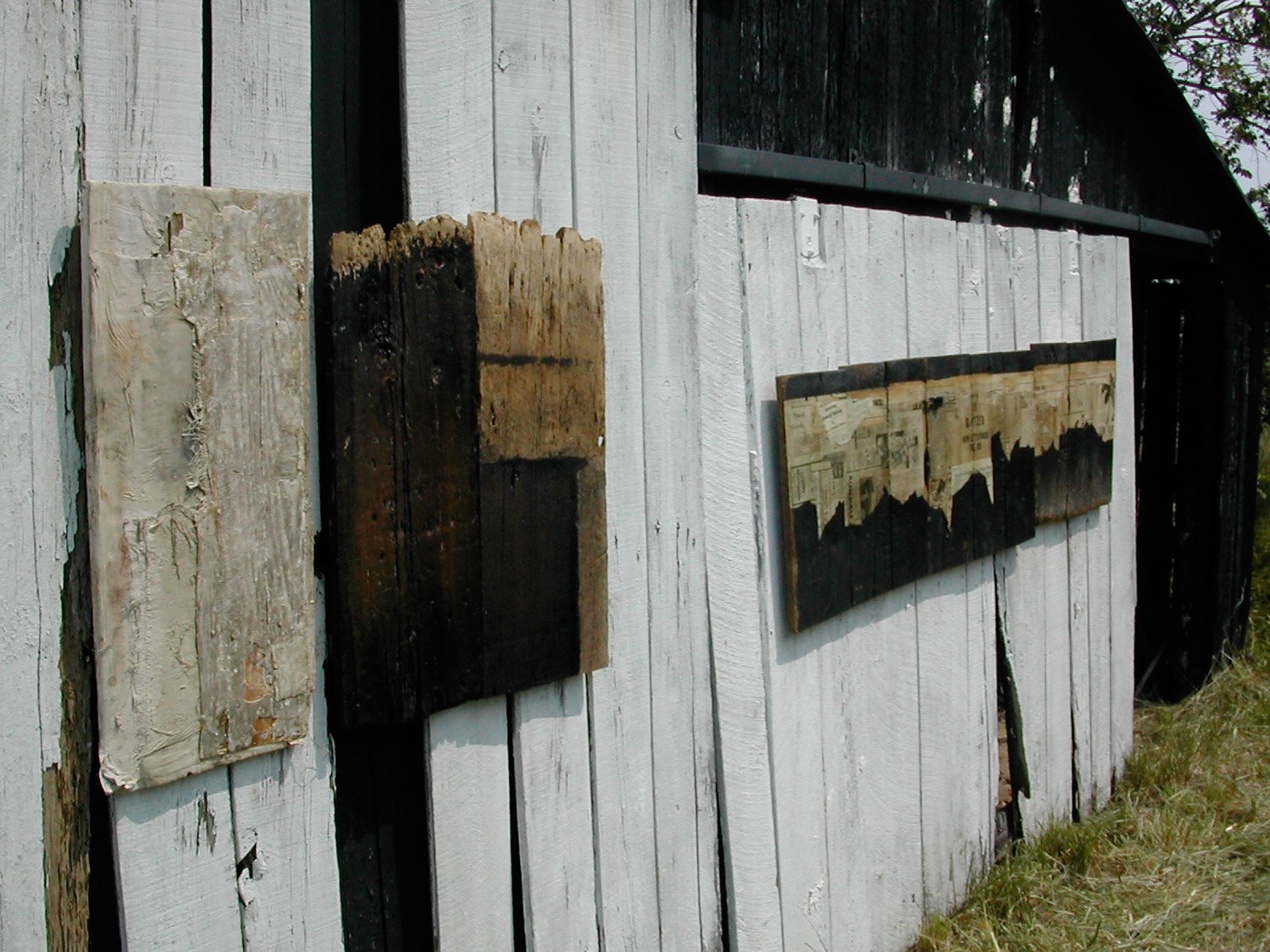


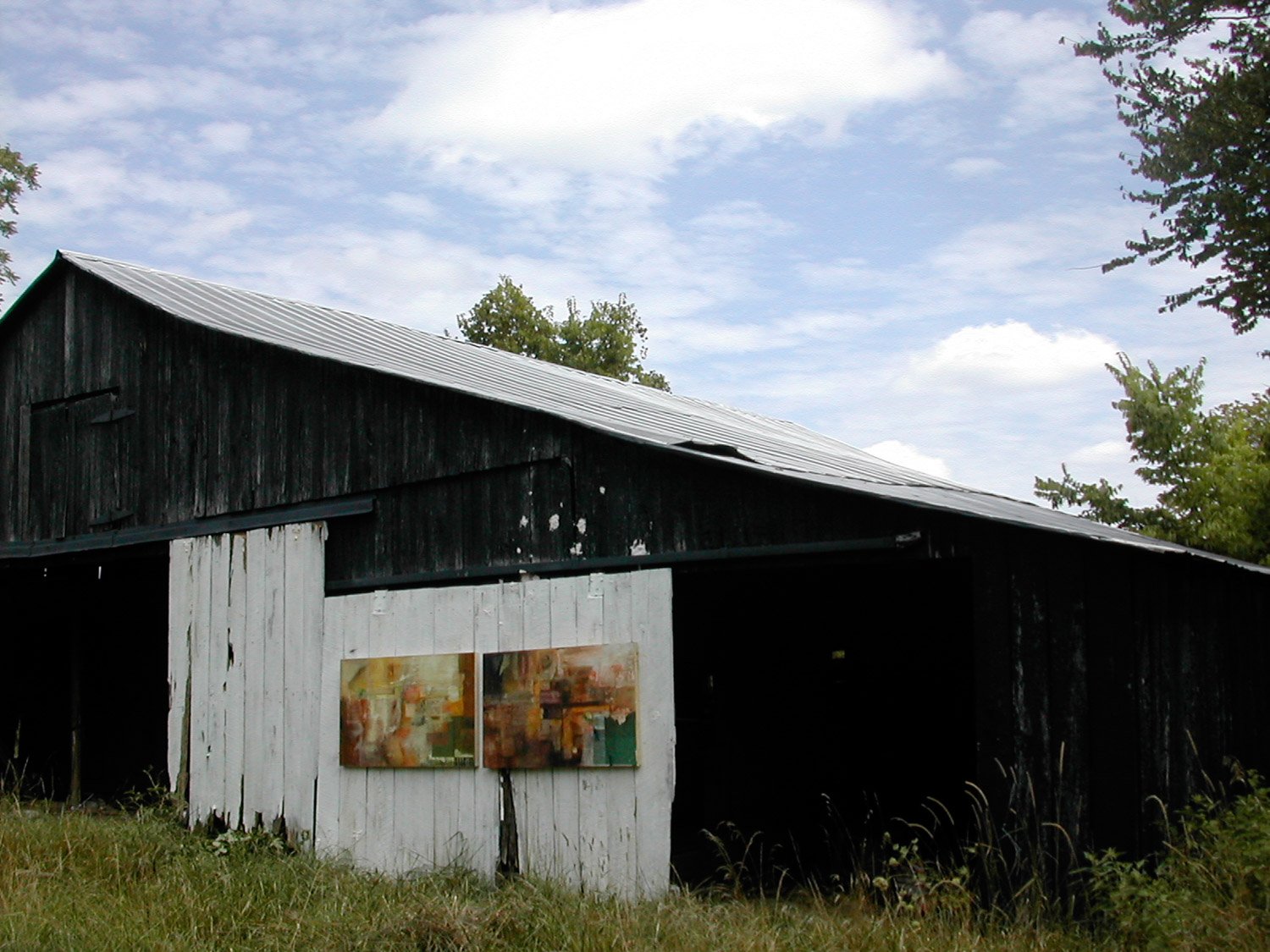
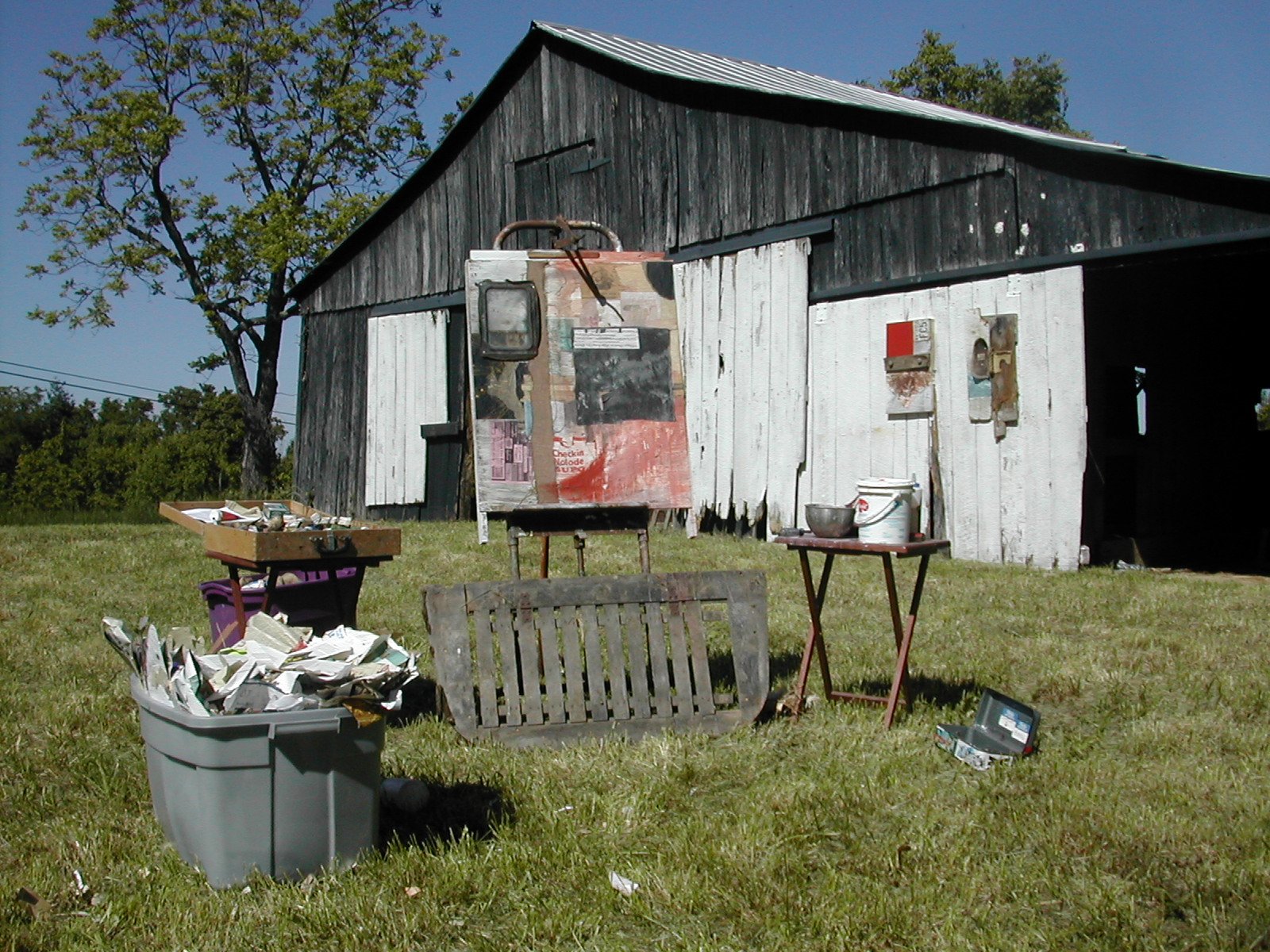
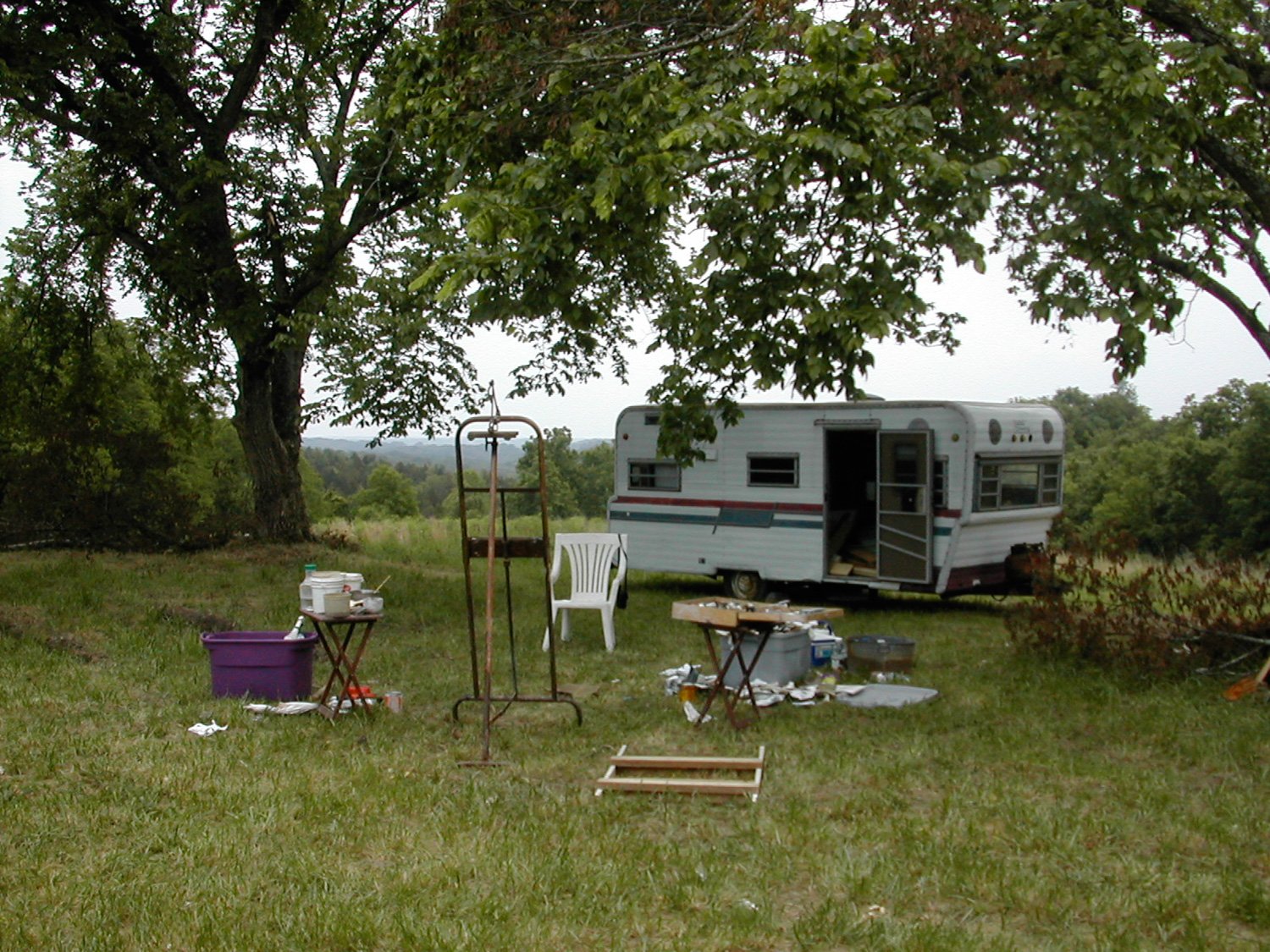

RURAL ROUTE THREE
RR3 2005
“The artist V. Mann’s latest exhibition showcases a collection of pieces that are rooted deeply in family history and legacy. The materials used in the exhibition were taken from a barn on Gumlick Road in Roanoke, Kentucky that was built over a hundred years ago by the artist’s Great Great Great Grandfather, William Joseph Abner. The artist’s use of artifacts from the family’s barn, which has been passed down for generations and played an important role in their lives, imbues the work with a strong sense of personal significance and historical context.
The artist has managed to bring to life a narrative that spans over a century and six generations of the artist’s family, through the use of materials from the barn, which have served a variety of purposes over the years, from housing workhorses and a hammer-mill to inspiring the artist’s work. The exhibition is a poignant reminder of the passage of time and how the barn and its contents, much like the family, have changed and evolved over the years.
The concept that “history cannot be created, only remembered” is cleverly incorporated into the exhibition, as the artist invites the audience to reflect on the pieces and consider the historical context and personal story behind them. The use of personal narrative and historical artifacts makes for an emotionally evocative and intellectually stimulating experience. The exhibition is a must-see for those interested in art that is not only visually striking, but also deeply meaningful and thought-provoking.”
Aunt Nanny's Table | Virgil Mann's Mailbox | Hog Door
Tobacco Patch [spring] | 28" x 55" x 2" | barn wood & mud collage acrylic & oil
Black Boxes | 54" x 30" x 6" | shed wall wood & found box
The Church of Darkness & Light | 32" x 44" x 2" | barn wood collage & oil bars
The Falmouth Flood Disaster | 40" x 30" x 2" | manger door, sheet rock mud, & dirt collage
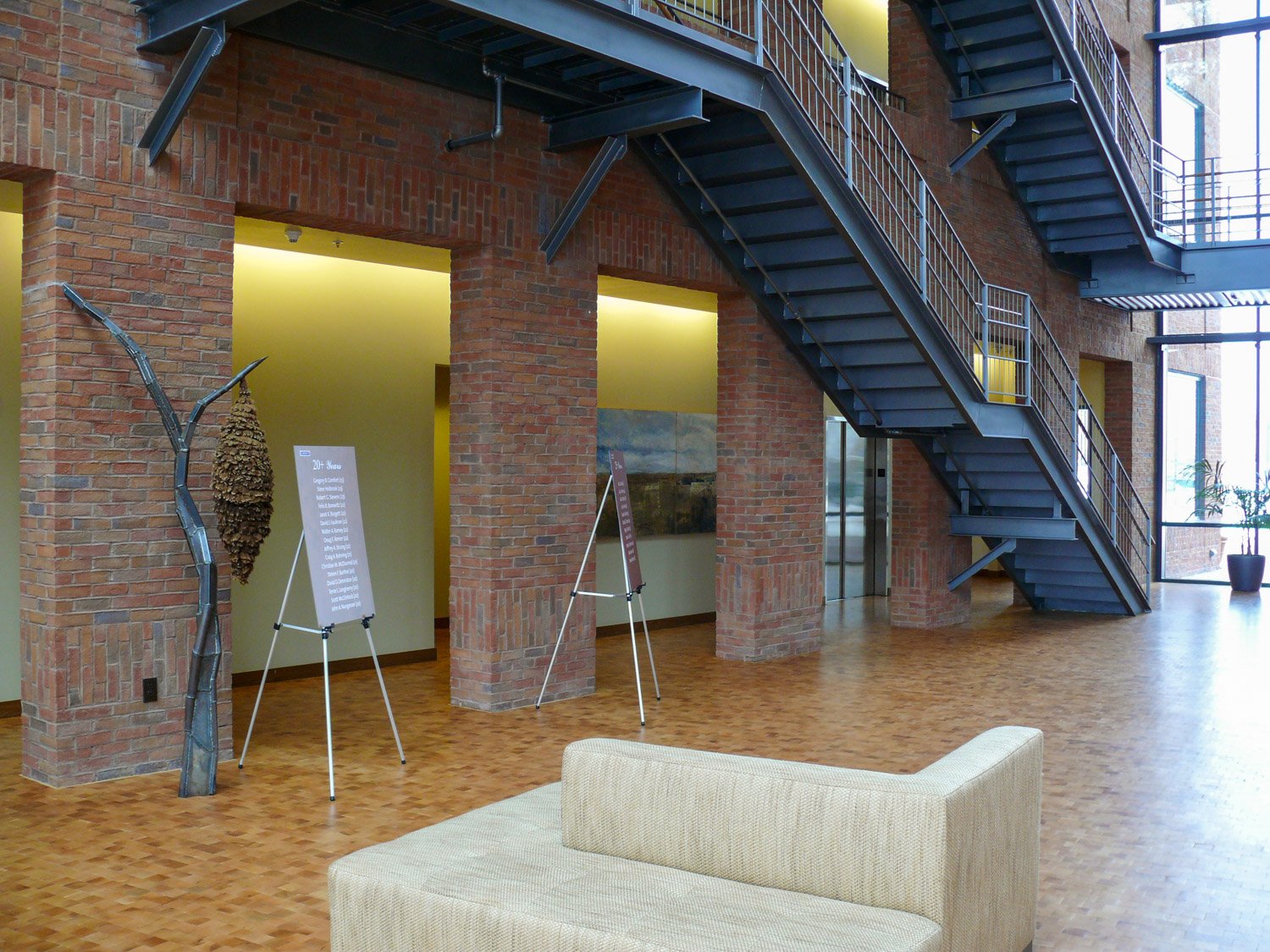
EMH&T
“EMH&T, recently acquired two unique art pieces for their new headquarters created by artist V Mann. The paintings were created using materials from the artists century old family farm in Kentucky. These paintings not only serve as a way to preserve and remember the history and legacy of the farm but also showcase the artist’s talent.
EMH&T, has a long history of providing quality services dating back to 1926. The company has grown to include a wide range of services, such as planning and landscape architecture, transportation engineering, GIS, environmental and cultural resources, construction services, infrastructure evaluation and more.
These paintings serve as a reminder of the passage of time, and the memories and emotions that are attached to the land. They are currently on display at EMH&T’s new headquarters for visitors to admire, and it is a great opportunity to see the works of V Mann and learn about his family’s history.”
The Duality of Blue and Brown | 48" x 144" x 3" | wood PANEL
RR 3 Falmouth KY | 36" x 204" x 2" | barn siding

BRICOLAGE
XOMA Gallery June 28th 2006
“In the arts, bricolage (French for “DIY” or “do-it-yourself projects”) is the construction or creation of a work from a diverse range of things that happen to be available, or a work constructed using mixed media. In art, bricolage is a technique or creative mode, where works are constructed from various materials available or on hand, and is often seen as a characteristic of postmodern art practice. It has been likened to the concept of curating and has also been described as the remixture, reconstruction, and reuse of separate materials or artifacts to produce new meanings and insights.
In his book ‘The Savage Mind’, French anthropologist Claude Lévi-Strauss used “bricolage” to describe the characteristic patterns of mythological thought. In his description it is opposed to the engineers’ creative thinking, which proceeds from goals to means. Mythical thought, according to Lévi-Strauss, attempts to re-use available materials in order to solve new problems.
Jacques Derrida extends this notion to any discourse. “If one calls bricolage the necessity of borrowing one’s concept from the text of a heritage which is more or less coherent or ruined, it must be said that every discourse is bricoleur.”
Gilles Deleuze and Félix Guattari, in their 1972 book Anti-Oedipus, identify bricolage as the characteristic mode of production of the schizophrenic producer.”
V is for Victory
Single Copy 10 Cents
The Dancers
The Roanoke Totem
Pallet On Your Floor (Mississippi John Hurt)
The Chainsaw Incident
The Lo'some Grave of Hattie Carrol
Grover Cleveland











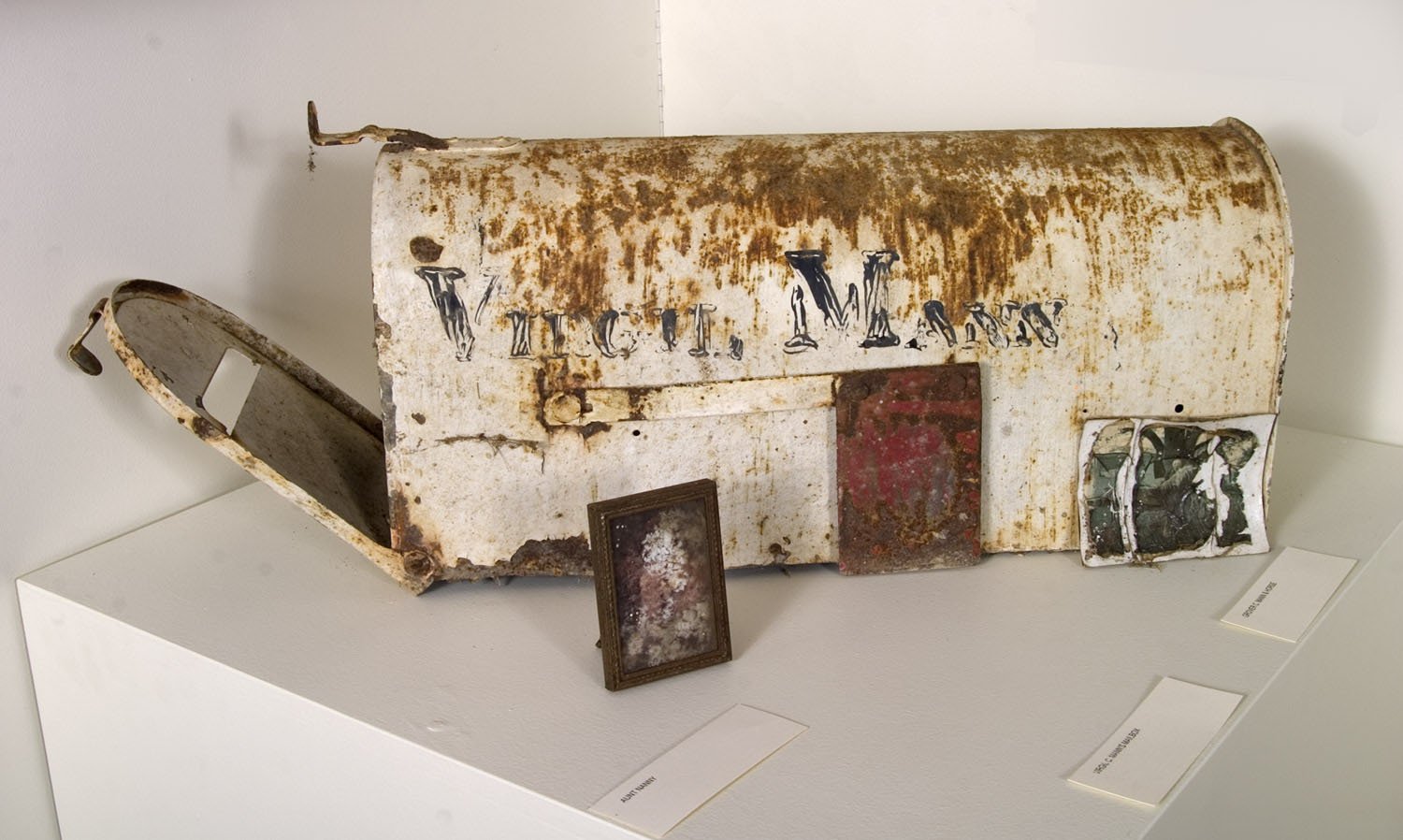



![Tobacco Patch [spring] | 28" x 55" x 2" | barn wood & mud collage acrylic & oil](https://images.squarespace-cdn.com/content/v1/63a0e1c869c11b4cdc39c42b/13a46946-1a4e-4e8d-b6c3-40f6a5ff3b64/Tobacco+Patch2.jpg)





